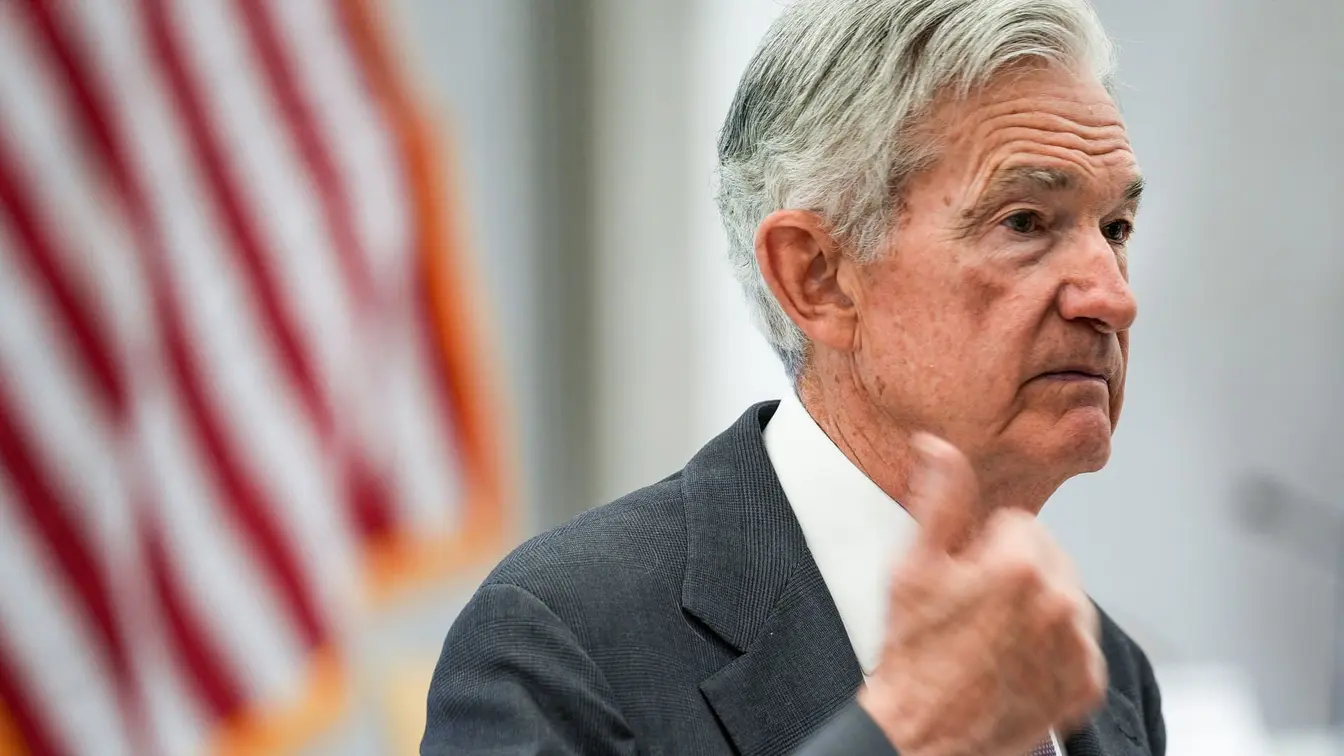T4K3.news
Fed policy outlook under review
Inflation and jobs data will shape the September decision as officials weigh competing pressures.
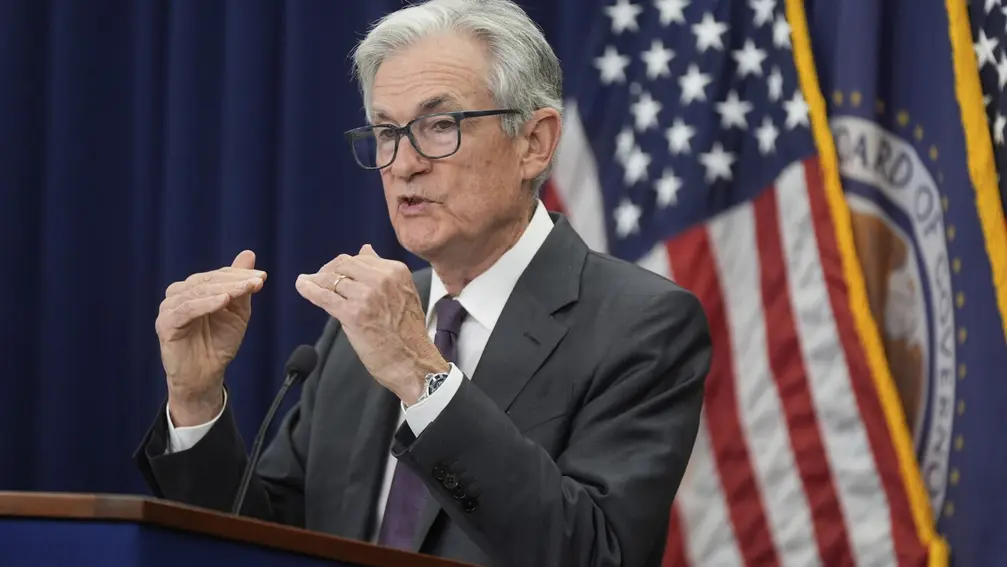
Federal Reserve policymakers weigh whether stubborn inflation or the labor market weakness poses the bigger risk ahead of Jackson Hole and September policy moves.
Fed Officials Split Over Inflation and Hiring
Federal Reserve policymakers head into the Jackson Hole gathering with a clear split on what threatens the economy most. Some officials see slower hiring as a sign that a rate cut could come as soon as September to support growth, while others warn that inflation remains a constraint that could require holding policy firm. With the federal funds rate at 4.3%, markets still price in a September move, but the path is far from settled and will depend on the next round of jobs and inflation data.
Tariffs and other price pressures add to the uncertainty. Several officials view tariff effects as a near-term inflation uptick that should fade, allowing the Fed to focus on the jobs side. Others warn that longer-run shifts in production could lift prices further if they reshape where goods are made or sourced. In this data-driven moment, communications from the Fed and Powell’s Jackson Hole remarks will be crucial in signaling how quickly policy might adjust to evolving conditions.
Key Takeaways
"With underlying inflation on a sustained trajectory toward 2%, softness in aggregate demand, and signs of fragility in the labor market, I think that we should focus on risks to our employment mandate."
Michelle Bowman on employment risks.
"Tariffs will boost inflation in the near term, but likely not in a persistent way that would require the Fed to keep rates elevated."
Mary Daly on tariff effects.
"You’re going to see fundamental structural changes if this is successful. It is actually a different economy."
Raphael Bostic on potential long-term shifts from tariffs.
"That was the most concerning thing in the inflation report, and if that persisted, we would have a hard time getting back to 2%."
Austan Goolsbee on services inflation.
The debate encapsulates a central tension for a modern central bank: keeping credibility on a 2% inflation target while supporting a still-healthy job market. Dissent over the mix of risks makes a single, clean policy path unlikely, and markets will gauge how much the Fed weighs the labor market versus price pressures in real time. The outcome hinges on the incoming data, not on any one speech, and officials know a misread can unsettle financial conditions or slow the economy.
Even with expectations of a cut priced in, the Fed must guard against reacting too quickly to one data point or letting inflation expectations drift. Tariffs and immigration patterns complicate the forecast, potentially altering the inflation trajectory and, by extension, the timing of future moves. Jackson Hole will test how clearly the Fed can communicate its stance when the data remain imperfect and policy remains contingent on a changing landscape.
Highlights
- Patience is not a policy, but it may be what we need.
- Tariffs push prices up in the near term, not forever.
- The jobs side matters as much as inflation for policy.
- Markets crave clarity from Jackson Hole.
Political and market sensitivity around Fed policy
The debate on inflation vs employment involves political scrutiny, investor expectations, and potential public reaction to tariffs and immigration policy. A misstep could invite criticism or market volatility.
The next inflation and jobs reports will set the pace for September and beyond.
Enjoyed this? Let your friends know!
Related News
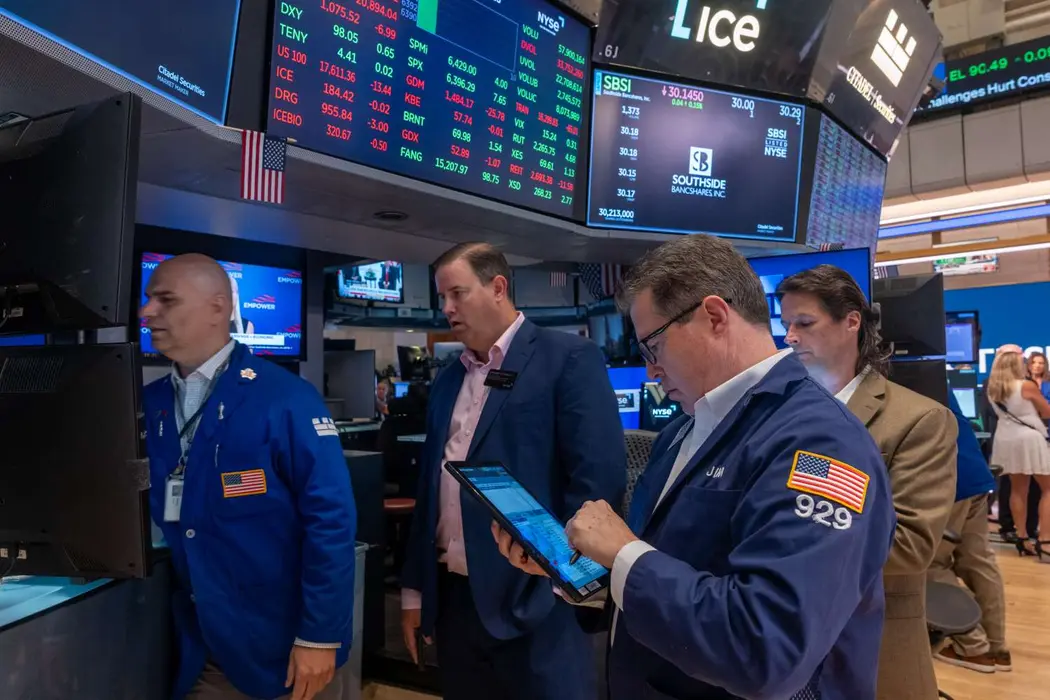
Stock Markets Climb as Earnings Reports Approach
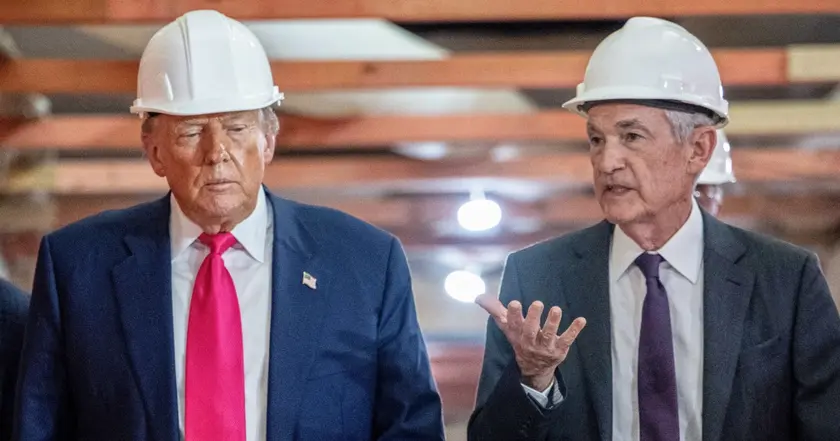
White House continues pressure on Fed amid tensions
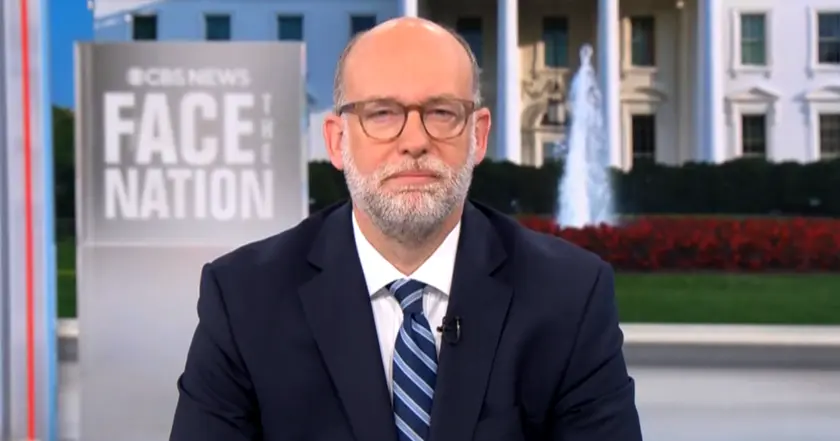
Russell Vought discusses Federal Reserve and funding issues
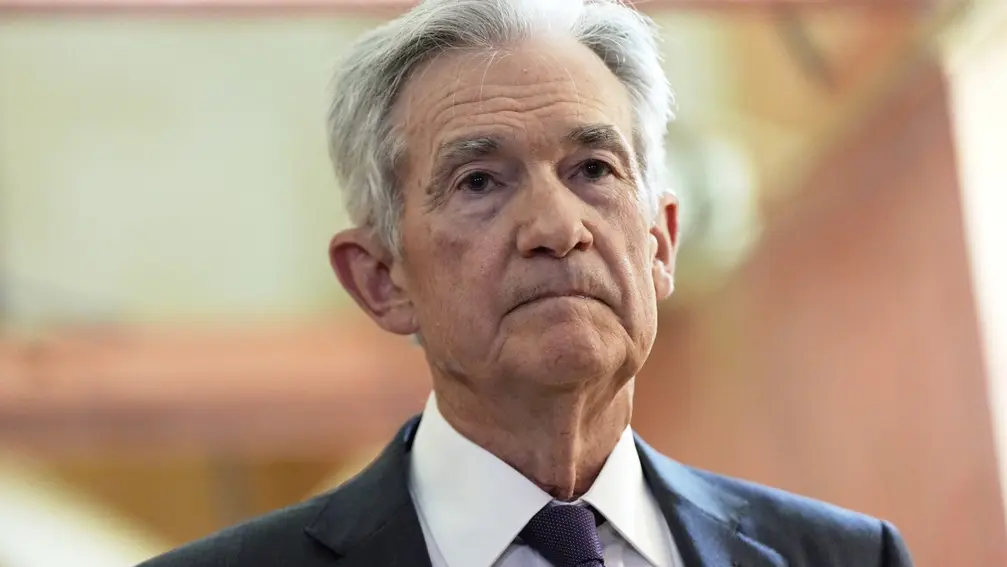
Potential dissent at the Fed may signal policy shifts
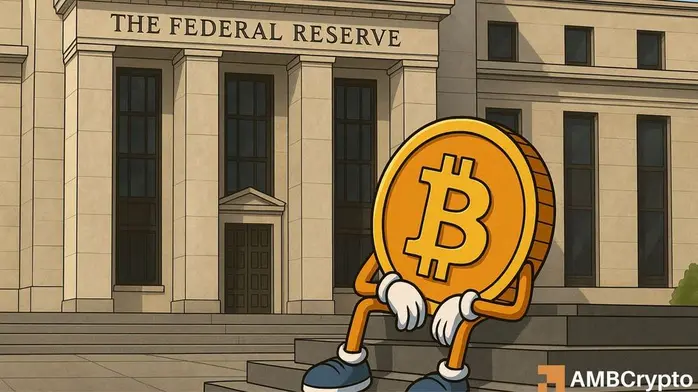
Fed rate cut chances drop significantly
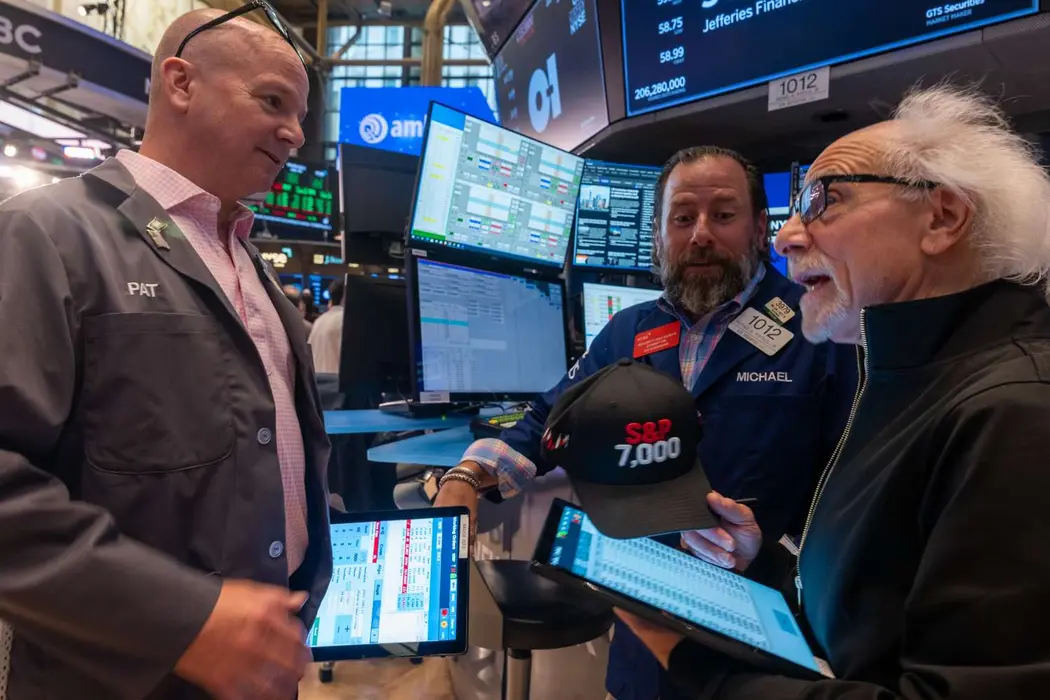
Markets Rally on CPI Beat Spurs Fed Rate Cut Bets
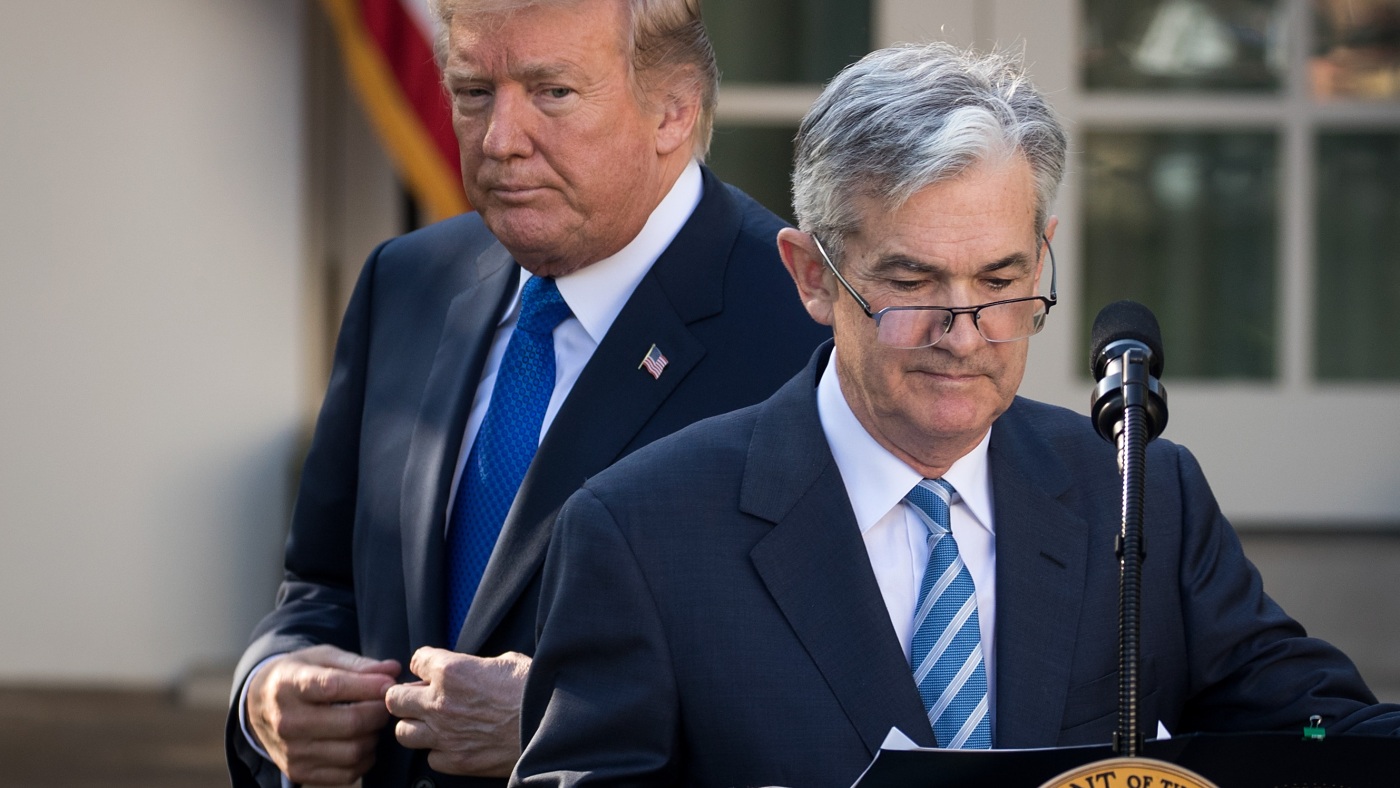
Trump indicates Powell can complete Fed chair term
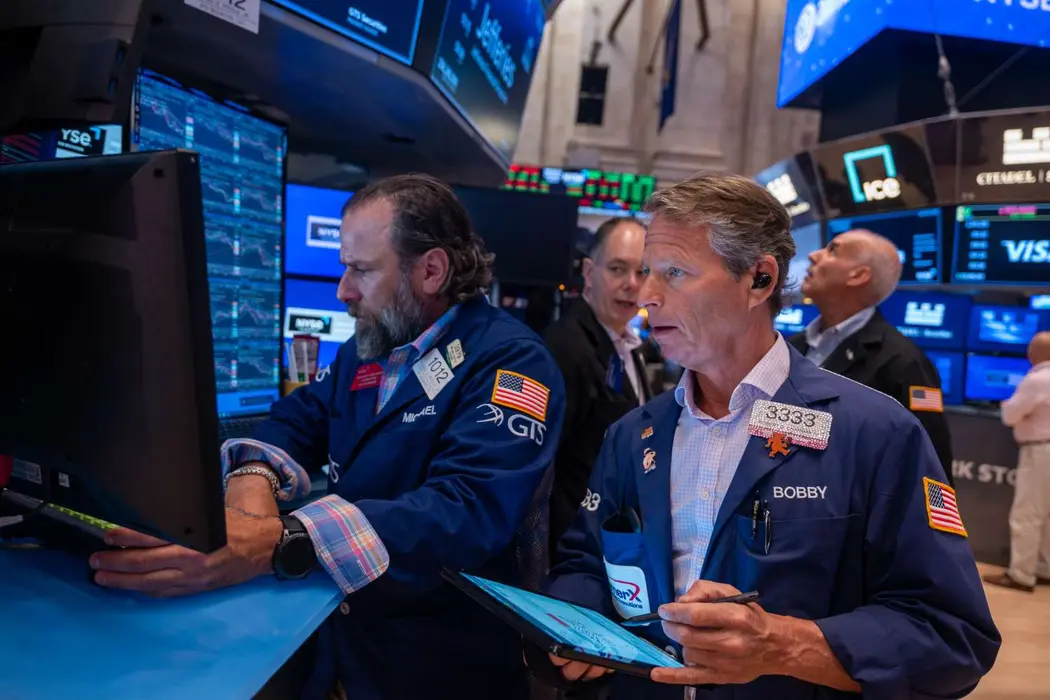
Stocks Decline as Powell Shares Outlook on Interest Rates
